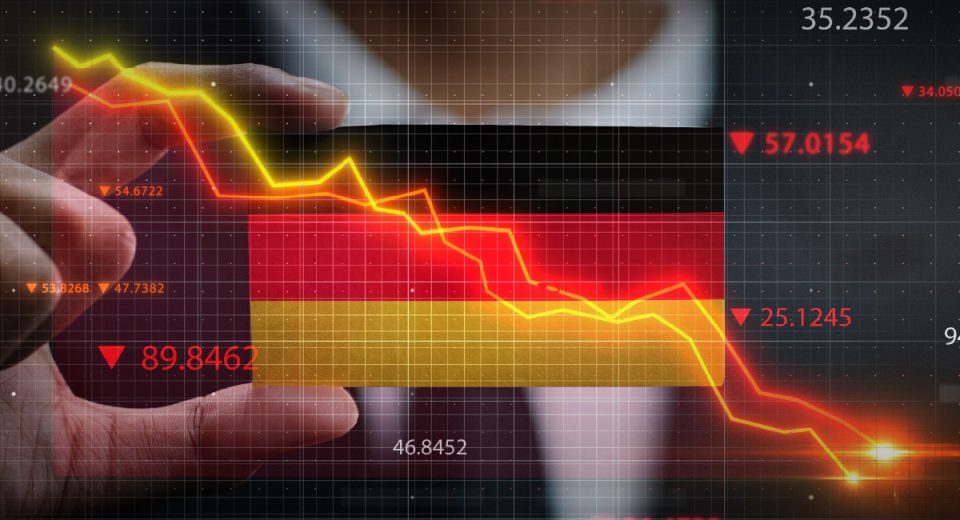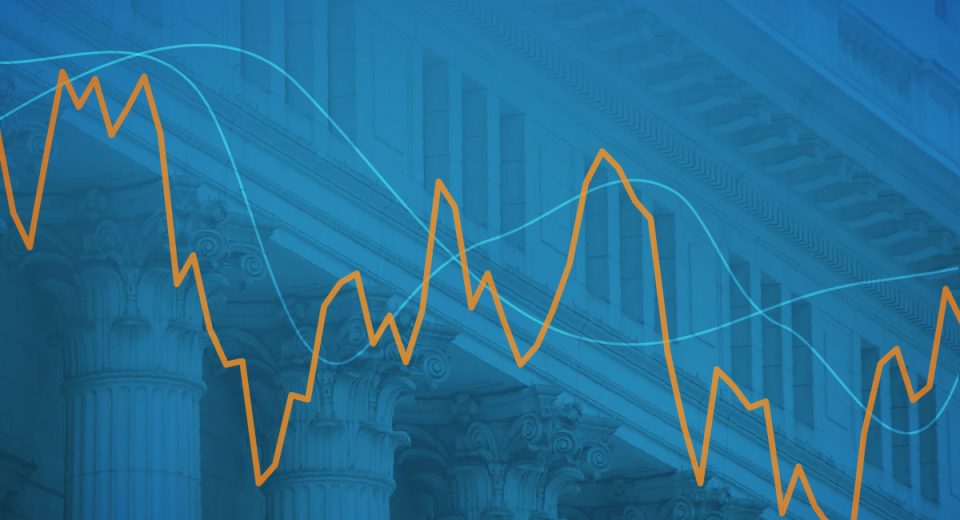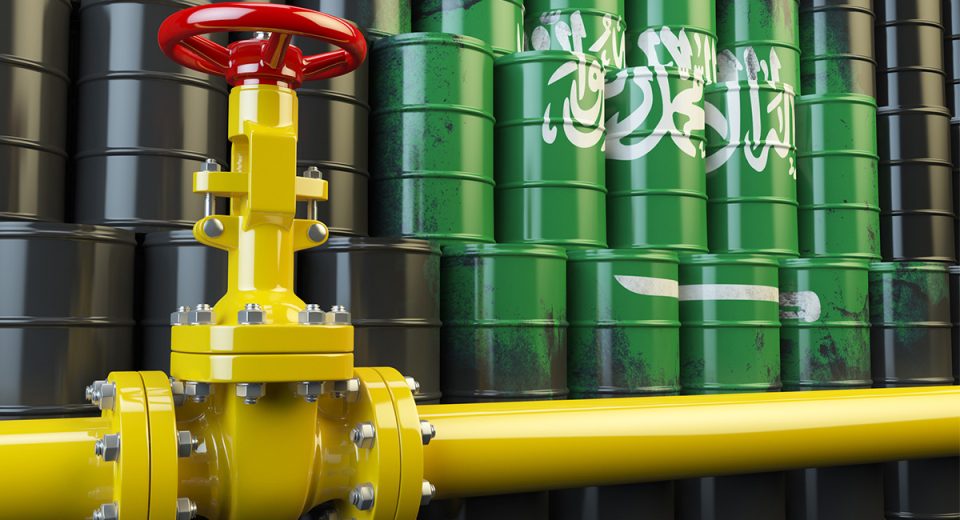Understanding the Demand and Supply Outlook for Precious Metals

Naturally occurring elements like gold, silver and platinum have limited supply and thus are called precious metals. The lustre and unique physical properties of these metals make them ideal for industrial use and jewellery making. This demand explains why the global market for these precious metals is expected to grow at a CAGR of 6.07% from $275.5 billion in 2024 to $526.9 billion by 2035.
Popular Precious Metals
Although there are many precious metals like palladium, rhodium and osmium, gold and silver are the most popular. Some unique properties of these metals include high conductivity, high melting points, the ability to catalyse, and physical and chemical resistance.
These metals are traded in US dollars, which means their prices are impacted by fluctuations in the value of the USD. Silver sees the highest demand for industrial production, while gold witnesses the highest demand for jewellery making and investment purposes, especially from India and China.
Demand Outlook for Gold
This precious metal is indestructible, which means almost all the gold that has been mined so far exists in the form of coins, bars, jewellery, or other forms. Gold’s unique shine and oxidation- and corrosion-resistance make it a good choice for making jewellery. Also, it is considered a safe haven investment, attracting investors during economic downturns, geopolitical uncertainties and rising inflation. Gold is also purchased by central banks of different countries to diversify their reserves and reduce their dependency on the greenback.
A sharp surge in gold prices in the second half of 2024 and the first half of 2025 can be attributed to the ongoing geopolitical tensions, mounting trade uncertainties following Trump’s announcement of new tariffs, and record-high interest rates in several economies. Analysts at JP Morgan expect gold prices to reach $3,675/oz by Q4 2025 and rise to $4,000 by mid-2026.
Some factors that are likely to boost the demand for bullion include:
- Ongoing economic and geopolitical uncertainties and high inflation levels are expected push traders to invest in safe havens like gold that tend to remain resilient.
- An increase in jewellery demand tends to boost demand for gold.
- Continued increase in gold purchases by central banks, especially the People’s Bank of China. The World Gold Council’s Central Bank Gold Reserves Survey 2025 revealed that 95% of central bank representatives expect to increase their gold reserves over the next 12 months, compared to 81% in 2024.
- Demand from industrial applications in mobile phones, electroplating of electronic connectors and coatings of other components for protection against corrosion.
Supply Outlook for Gold
The total gold supply generally remains stable in the absence of the discovery of new deposits. The annual gold output is largely dependent on extraction from mines in China, Australia, Russia and Canada.
Factors that can impact gold supply include the adoption of sustainable practices or newer technologies to streamline extraction. The use of advanced technologies, AI and automation can enhance the efficiency of a mine, leading to increased production and supply levels.
While 75% of the world’s gold supply comes from mining, the remaining is contributed by the recycling of the existing gold. Recycled gold is highly responsive to the gold price and economic shocks since many tend to liquidate their gold holdings for cash during economic downturns.
Demand Outlook for Silver
The demand for silver is largely driven by industrial usage and the ongoing green energy transition. Nearly 60% of silver demand is attributable to industrial applications.
- A growing consumer electronics industry and green economy applications, such as renewable energy projects and photovoltaic installations, are expected to boost the demand for silver.
- The automotive sector is expected to also drive silver demand, with the electrification of powertrains and the rising adoption of electric vehicles.
- The demand for silver is also on the rise in the wake of the tough macroeconomic and geopolitical scenario. Concerns regarding Trump’s tariff plans and a subsequent increase in silver prices are also boosting investor interest in silver.
- Gold and silver prices are projected to rise in 2025 and 2026 as demand outpaces supply.
Supply Outlook for Silver
Global silver supply is forecast to grow 3% in 2025 to 1.05 billion ounces, an 11-year high. The increased supply will be driven by higher mining output from existing and new operations in China, Canada, Morocco and Chile. Silver supply is also expected to rise due to:
- Increased production of by-product silver from gold mines while the output from base metal mines remains flat.
- Increased silver recycling of industrial scrap, jewellery and silverware.
The silver market is expected to remain in deficit (demand outstripping supply) for the fifth year, with some analysts projecting a price rise to $35-$40 per ounce by the end of 2025. This could raise the metal’s appeal for traders.
If you too want to gain exposure to the precious metals market, the first step is to learn more about trading gold and silver. Practice your trading strategy on a demo account before applying it to the live markets.
To Sum Up
- Global demand for gold and silver is expected to continue to rise.
- The demand for these precious metals comes from their use for industrial production, jewellery making and as a store of value.
- Gold and silver are considered safe haven assets, attracting traders during times of economic or geopolitical uncertainty.
Disclaimer:
All data, information and materials are published and provided “as is” solely for informational purposes only, and is not intended nor should be considered, in any way, as investment advice, recommendations, and/or suggestions for performing any actions with financial instruments. The information and opinions presented do not take into account any particular individual’s investment objectives, financial situation or needs, and hence does not constitute as an advice or a recommendation with respect to any investment product. All investors should seek advice from certified financial advisors based on their unique situation before making any investment decisions in accordance to their personal risk appetite. Blackwell Global endeavours to ensure that the information provided is complete and correct, but make no representation as to the actuality, accuracy or completeness of the information. Information, data and opinions may change without notice and Blackwell Global is not obliged to update on the changes. The opinions and views expressed are solely those of the authors and analysts and do not necessarily represent that of Blackwell Global or its management, shareholders, and affiliates. Any projections or views of the market provided may not prove to be accurate. Past performance is not necessarily an indicative of future performance. Blackwell Global assumes no liability for any loss arising directly or indirectly from use of or reliance on such information here in contained. Reproduction of this information, in whole or in part, is not permitted.




